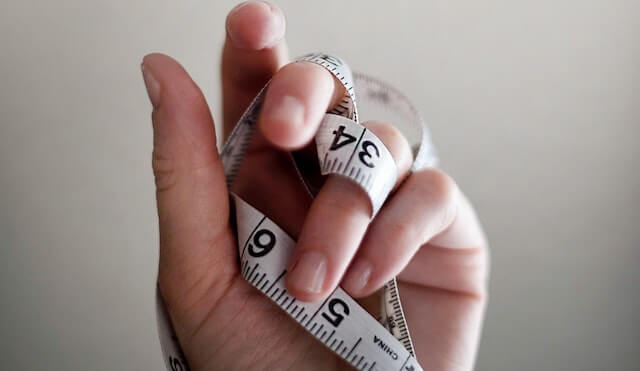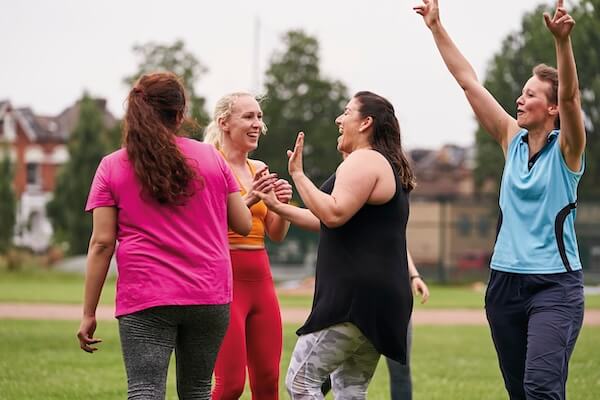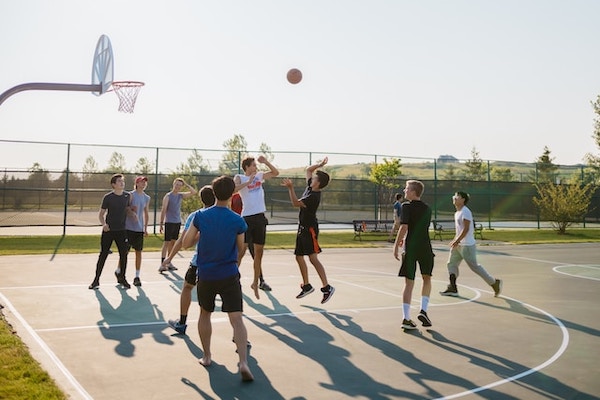
When trying to set a fitness goal, it is important to note there are two kinds of goal-setting. Knowing your options, can help you experiment and find a goal that work best for you.
With open goals, your goals are wide-open: broad, general and not restrictive; as a result, you have the freedom to achieve them in any way you like. However with fixed goals, you’re restricted by challenging criteria and pre-set objectives that must be achieved in specific ways.
Fixed Goals
A fixed goal is a specific target that must be met in a specific way. It’s a goal where you set the bar high and you know exactly what you need to do to achieve it. In fitness, examples of fixed goals include preparing for a specific event(like a marathon rum or 10km run), setting a exact weight loss target and due date, or setting a target for number of hours you will exercise.
Fixed goals give you the motivation to push yourself to go above and beyond to achieve them. For many people, if they were to set an open goal, you would have no idea how to go about achieving it. You would be left feeling confused, unproductive and demotivated. Fixed goals allow you to make the most of your time. You know what you have to do to achieve them, so you’re not left wasting time trying to figure out what you should do next. Plus, they give you a sense of urgency that doesn’t exist with open goals. If you’re setting open goals, you may have all the time in the world to achieve them. This can make you feel relaxed, like you have all the time in the world to achieve them.
Open Goals
Open goals are rather vague and open-ended. They are usually long-term goals that are more about the process of achieving them rather than the outcome itself. In fitness, examples of open goals include being mindful of eating more healthy, small changes to trying to incorporate more steps during your day or going to the gym more often even if it is for 20 minutes.
Setting open goals gives you the freedom to achieve your goals in any way you like and removes the negativity when we wake up 10 minutes late and miss the desired 30 minute run. We can still do a twenty minute run and feel good about having made a postive decision.
Setting open goals makes it easier for you to be creative,
productive and innovative. It allows you to think outside the box
and explore new and innovative ways to achieve your goals. Open
goals give you a sense of freedom and flexibility that doesn’t
exist with fixed goals. If you were to set fixed goals, you would
be restricted by challenging criteria and pre-set objectives that
must be achieved in specific ways.
Try this great article by The Conversation on how
open goals can help you in your fitness journey.
Bottom line
When it comes to setting goals, it’s important that you understand the differences between open vs fixed goals. Which one is better? It really depends on you and the situation. We recommend trying both in different situations and seeing what helps you improve.






